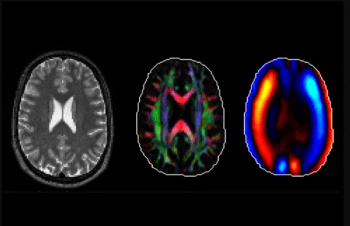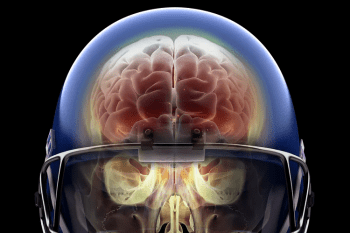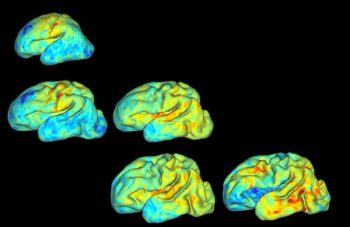Impacts or blasts from explosions can lead to potentially damaging shear waves in the brain, which can change the shape or deform brain tissue. Brain tissue is a complex material, mechanically reinforced by the fibers that carry signals between brain cells. A team led by Philip V. Bayly, PhD, the Lee Hunter Distinguished Professor and chair […]
Brain injury mechanics get closer look









